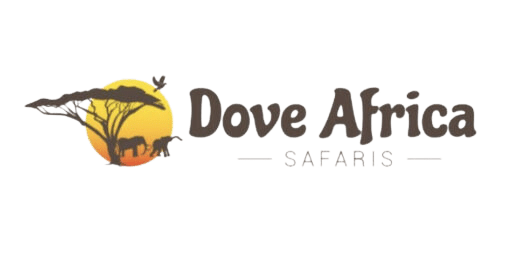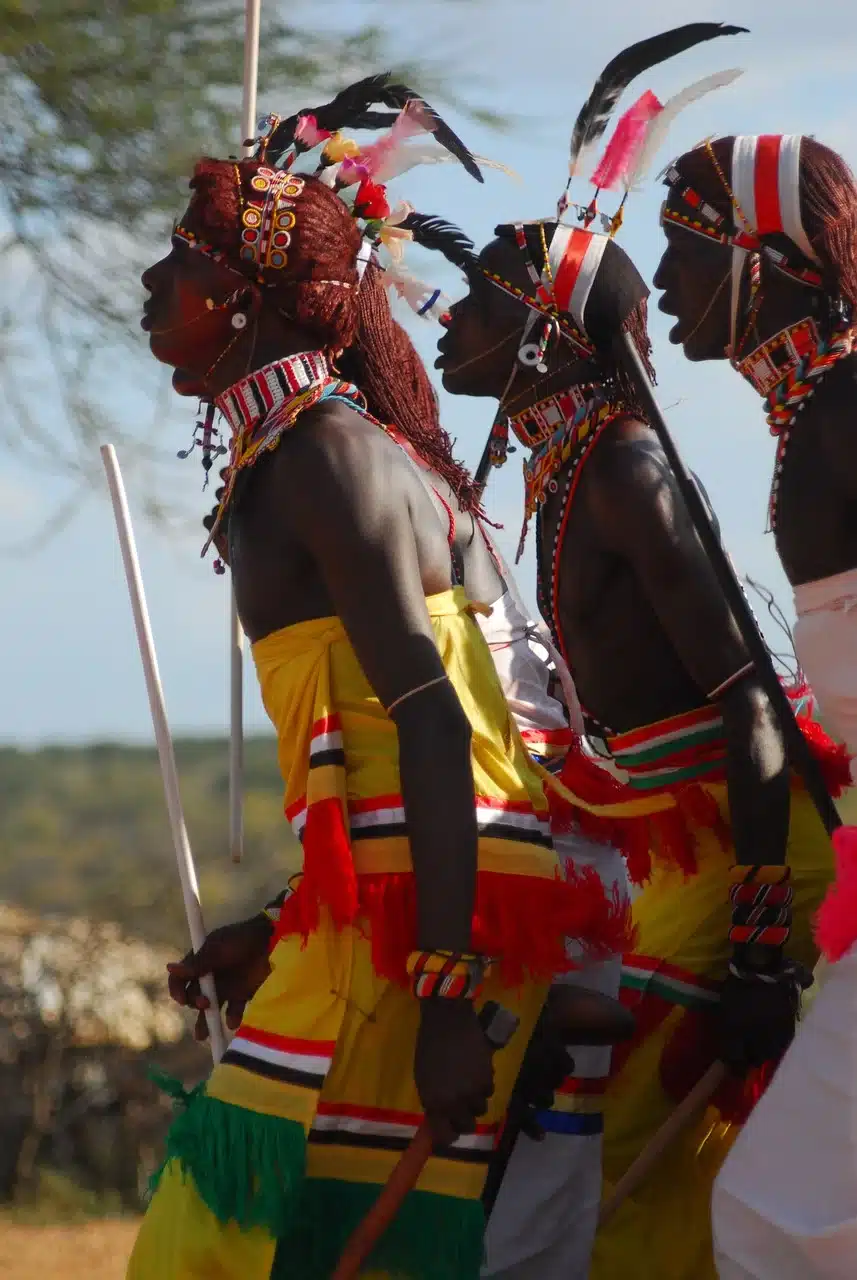The Samburu People
Nestled in the rugged landscapes of northern Kenya, the Samburu people have long captured the imagination of travelers with their rich cultural traditions and close connection to the land. In this blog post, we invite you to embark on a journey to discover the unique heritage and way of life of the Samburu people.
The Samburu Way of Life
- Nomadic Pastoralists: The Samburu are traditionally semi-nomadic pastoralists, relying on their livestock, primarily cattle, goats, and camels, for sustenance and livelihood. This nomadic lifestyle has shaped their close-knit communities and deep knowledge of the land.
- Distinct Language and Dress: The Samburu people speak the Samburu language, similar to the Maasai language. Their colorful attire, adorned with intricate beadwork, is a testament to their craftsmanship and a reflection of their cultural identity. Each bead color and pattern carries meaning, often denoting age, social status, and marital status.
- Extended Families and Age Sets: Samburu society is organized around extended families, with several generations living together in traditional homesteads called “manyattas.” These manyattas consist of circular huts constructed from branches, mud, and dung. In addition to extended families, the Samburu also belong to age sets, which play a vital role in their social structure and rites of passage.
Cultural Celebrations and Traditions of the Samburu People
- Ceremonial Celebrations: The Samburu people celebrate various rites of passage, from initiation ceremonies for young warriors to marriage rituals. These ceremonies are colorful affairs filled with dancing, singing, and elaborate dress. During these celebrations, their beadwork truly shines, as it adorns clothing and jewelry.
- The Role of Elders: Elders hold a revered position in Samburu society. They are the keepers of wisdom, responsible for settling disputes and making important decisions within the community. Their knowledge of traditional practices, healing techniques, and the land itself is passed down through generations.
- Music and Dance: Music and dance are integral to Samburu culture. Vibrant songs, accompanied by rhythmic drumming and dance, are a means of storytelling, celebration, and communication. Visitors are often welcomed with traditional dances that offer a glimpse into the lively spirit of the Samburu people.
Challenges and Adaptation
- Challenges in Modern Times: Like many indigenous communities worldwide, the Samburu people face challenges in adapting to the modern world. Changes in climate, land rights issues, and access to education and healthcare are among the pressing concerns they navigate.
- Preserving Cultural Heritage: Despite these challenges, the Samburu people are resilient and committed to protecting their cultural heritage. Many Samburu communities engage in ecotourism initiatives, offering visitors the opportunity to learn about their way of life, providing a source of income, and contributing to conserving their lands.
Conclusion
The Samburu people are a testament to the rich tapestry of cultures that make Kenya a diverse and captivating destination. Their nomadic lifestyle, traditional ceremonies, and colorful attire reflect a deep connection to the land and an unwavering commitment to their heritage. When visiting Kenya, taking the time to learn about and appreciate the Samburu people’s way of life is a cultural experience and an opportunity to support the preservation of their unique traditions in a changing world.




